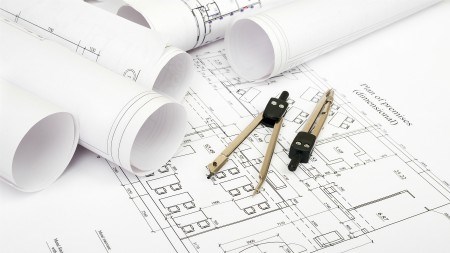Heritage celebrations during September bring renewed focus to the built environment. South African structures older than 60 years are protected by the new National Resources Act of 1999. Any changes to such buildings are subject to permission from local heritage bodies, and application can be made to have houses and buildings declared as national heritage sites. Property professionals and heritage specialists play a vital role in educating potential buyers of properties where heritage value might impact on renovations and alterations.
Of great significance are the results of passionate communities whose conservation efforts over generations have preserved beautiful old building and houses. Many which represent the cultural, political and environmental history of South African community. Awareness of preservation through participation of property owners and local authorities can act to protect the historic significance of any built structure, be it urban, suburban or in a city.
As cityscapes continue to change across the country, historic events as the result of changing sea and landscapes, is a reminder of the aftermath of the reclamation of the city of Cape Town’s shoreline along the Heerengracht. The process which was initiated in 1940, was interrupted by events around World War 2, and as a result impacted heavily on local residents, many who were property and business owners. Those who recall frolicking in the waves of Woodstock beach, say this swimming beach provided the most accessible facility by train from the southern suburbs of Rondebosch, Claremont and Wynberg.
Another casualty resulting from land reclamation in the city is the Adderley Street Pier built ‘for the people’ during British occupation in 1913.This magnificent architectural and engineering masterpiece of design and construction, was based on the famous Brighton Pier in the UK. Nostalgic city residents say that to date, no coastal outdoor facility has quite matched the offerings at the pier, which provided live music concerts and theatre performances in the amphitheatre and restaurant. Sporting enthusiasts and year round swimmers were able to make use of bathing cubicles from a landing stage of grand Edwardian architectural style that was also used by different seafaring vehicles. Rowing enthusiasts relate one joyous occasion, when the University of Cape Town’s rowing team beat Cambridge University, considered champions of their time.
Do industrial buildings (factory buildings) fall under heritage buildings?
Industrial buildings are part of the social and economic landscape and history of a particular area. This means an industrial building can qualify as a heritage building if its symbolic with cultural and historic value attached to it. An industrial building designated as a heritage building must also act as a platform for cultural, tourism and economic experiences and value.
What happens if you need to demolish factory buildings older than 60 years, do you need to apply to anyone to demolish them?
The South African Heritage Resources Agency (SAHRA) is entrusted with the responsibility of protecting, regulating and promoting South Africa’s cultural heritage, which includes properties over 60 years old. Should you wish to demolish, you would have to:
Prepare and submit a design of the proposed building and the site development plan prepared. You also need to submit copies of title deeds and possibly details of affected and interested parties.
Seek approval from local neighbourhood authorities and the local heritage association.
You need to place an advert by the perimeter of the property you intend to demolish clearly stating the planned demolition. The advert must be up for more than 28 working days.
However, of utmost importance is serious awareness and consideration needed for the preservation of areas in and around poorer communities, where often the need for housing outstrips heritage value. Such areas are frequently located close to exclusive holiday towns, which in itself gives rise to developers moving in, not all who are mindful of the preservation of the original character of an area.
Although limited development has been allowed here, an example is the local settlement at Kassiesbaai, located next to quaint Southern Coast town of Arniston and the Waenhuiskrans cave, just before Cape Agulhas.
Many generations of traditional fishermen and their families were housed here in quaint seaside cottages, where dirt roads and no streetlights have retained the true character of the area near the fishing port.
The majority of Kassiesbaai residents say they are passionate about their heritage. However, prior to the recent joint intervention of the community and South African Heritage Resources Agency (SAHRA), one bedroom RDP houses of inferior dimensions, quality and design, used to be the order of the day.
After a waiting period of 30 years, residents who in May this year moved into new two bedroom RDP houses, where aesthetics closely resemble the traditional white plastered style of bygone eras, say they are delighted to ‘fit in with the old Kassiesbaai’ in their new homes boasting open plan interiors and solid roofs.
This proves that early community intervention in cooperation with authorities, in particular where a desperate need for housing exists, is of utmost importance to preserve the rich heritage of SA’s diverse cultures.






